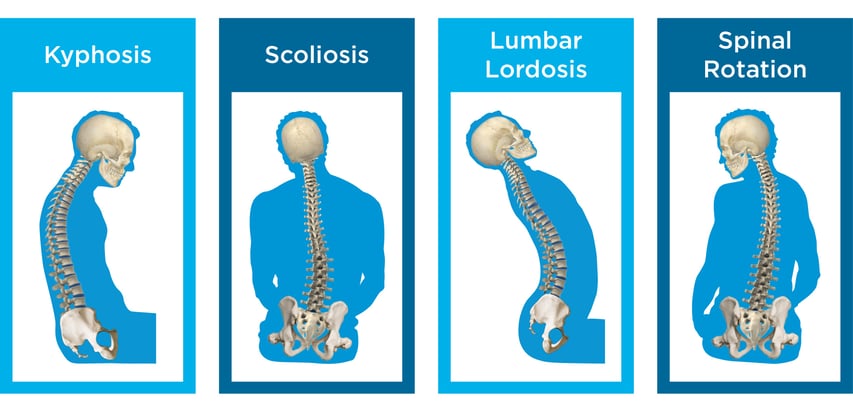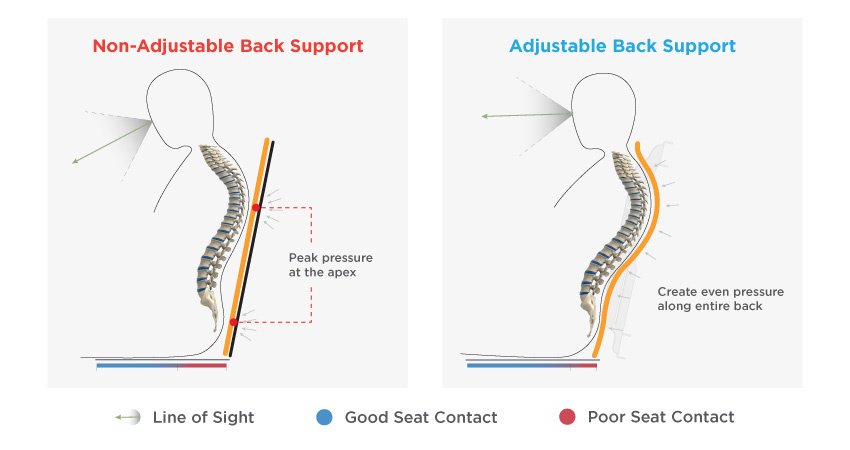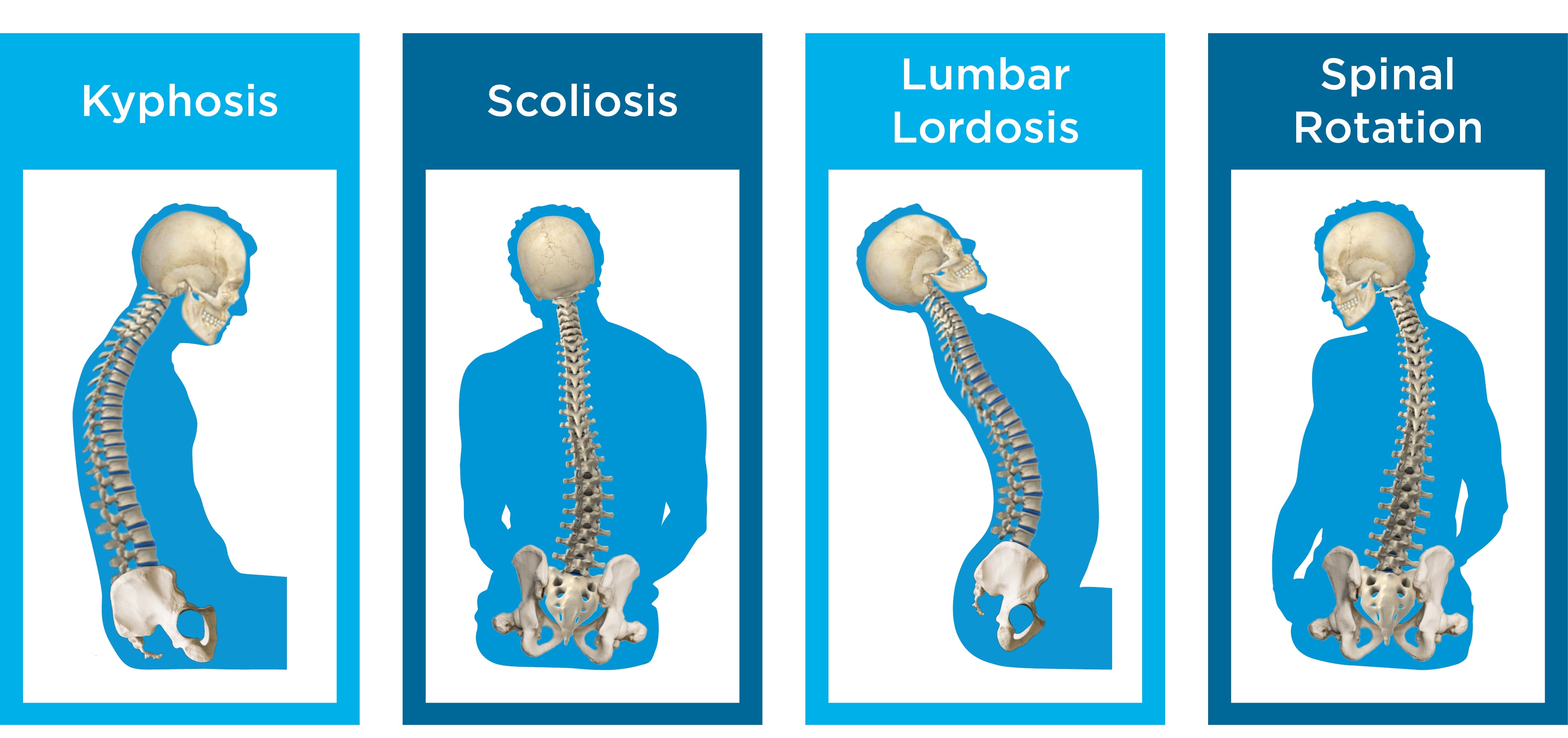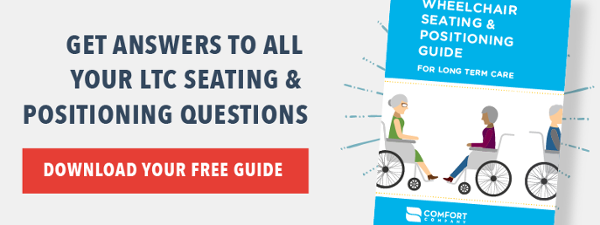Too many of our geriatric residents present with some degree of abnormal curvature of the spine, which causes them to slide into undesirable postures in the wheelchair system. When we allow them to slide into abnormal postures, we place our residents at risk for pressure injuries and falls from the wheelchair.
The commonly seen abnormal curvatures of the spine are:

When we place a resident with one of the above curvatures in a standard wheelchair sling back, we decrease contact with the seat surface. It also increases peak pressures at the apex of the curvature and decreases stability of the trunk since less of the spine is supported by the back support.
This blog is intended to demonstrate the advantages of using a wheelchair back support that allows us to envelop and immerse the resident.
Top 5 Reasons to Use an Adjustable Back Support:
1. Open or close seat-to-back angle
2. Increase stability due to increased contact with more of the trunk
3. Decrease peak pressures at the apex of the curvature of the spine
4. Increase visual field by adjusting seat angle
5. Optimize midline alignment through the addition of necessary accessories such as lateral trunk supports and a head support

|
|
When using a straight, non-adjustable sling back: | When using an adjustable back support: | ||
| Contact with Back Support | Only the apex of the curvature is making contact with the seat surface |
The entire spine is making contact with the seat surface |
||
| Pressure Distribution |
Peak pressures are placed directly at the apex |
Even pressure distribution throughout the length of the spine decreases peak pressure and pain |
||
| Increased pressure on a smaller diameter causes pain and places the resident at risk of skin breakdown at the peak pressures |
Residents feel stable and have less pain, making them less likely to shift into abnormal postures |
|||
| Stability | Residents shift and slide out of midline to alleviate pain and pressure |
Maximizes stability as the entire trunk is supported |
||
| Stability is lost due to poor contact with seat surface, increasing the risk of unwanted movement |
Assists with pelvic stability when trunk stability is maximized |
|||
| Line of Sight | Line of sight is lost with the eye gaze pointing at the ground, ceiling, or to the left or right due to the inability to open or close the seat-to-back angle |
Allows you to adjust seat-to-back angle to change the line of sight back to midline |
Hopefully you have gained the necessary information to consider not only a cushion to solve a seating issue, but to recognize the value an adjustable back gives to the seated posture when optimizing the quality of life of our LTC resident. Happy treating!

Ana Endsjo, MOTR/L, CLT
Clinical Education Manager LTC Division
Ana Endsjo has worked as an occupational therapist since 2001 in a variety of treatment settings. She has mainly worked with the geriatric population, dedicated to the betterment of the treatment of the elderly in LTC centers. Her focus has been on seating and positioning and contracture management of the nursing home resident. With this experience, her hope is to guide other therapists, rehab directors, nurses, and administrators through educational guides, blogs, webinars, and live courses in her role as Clinical Education Manager for the long term care division.

